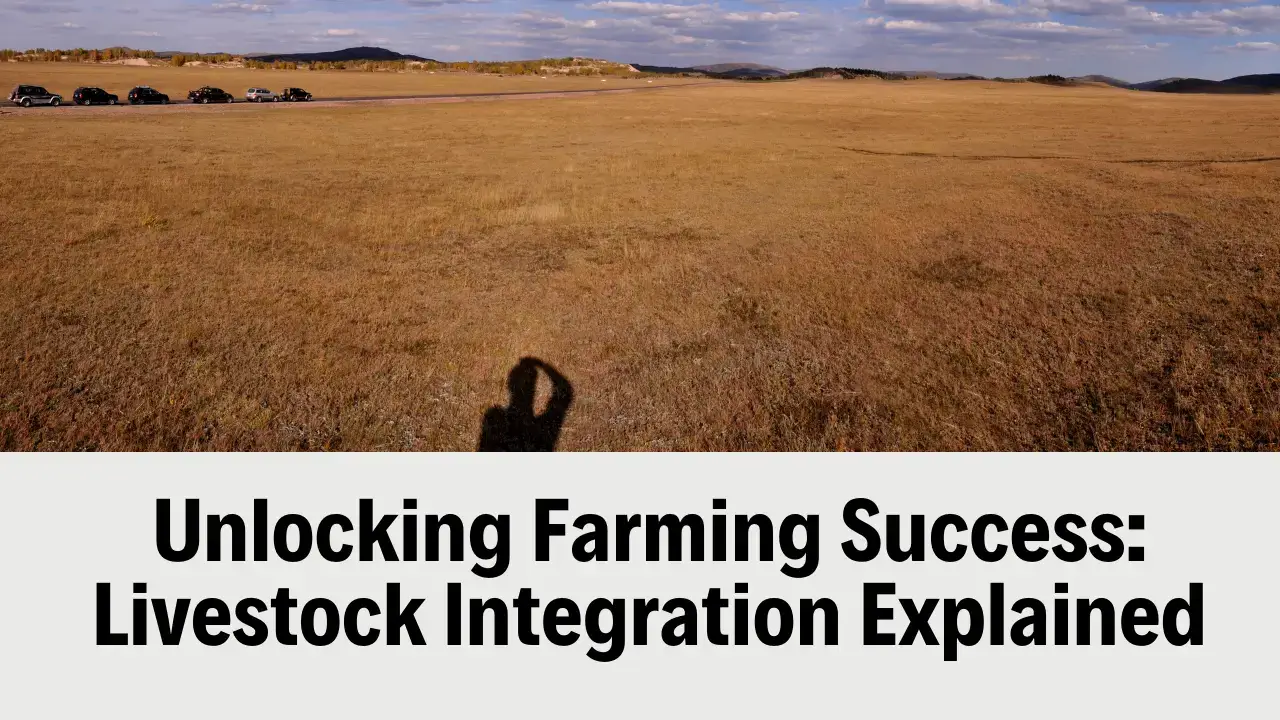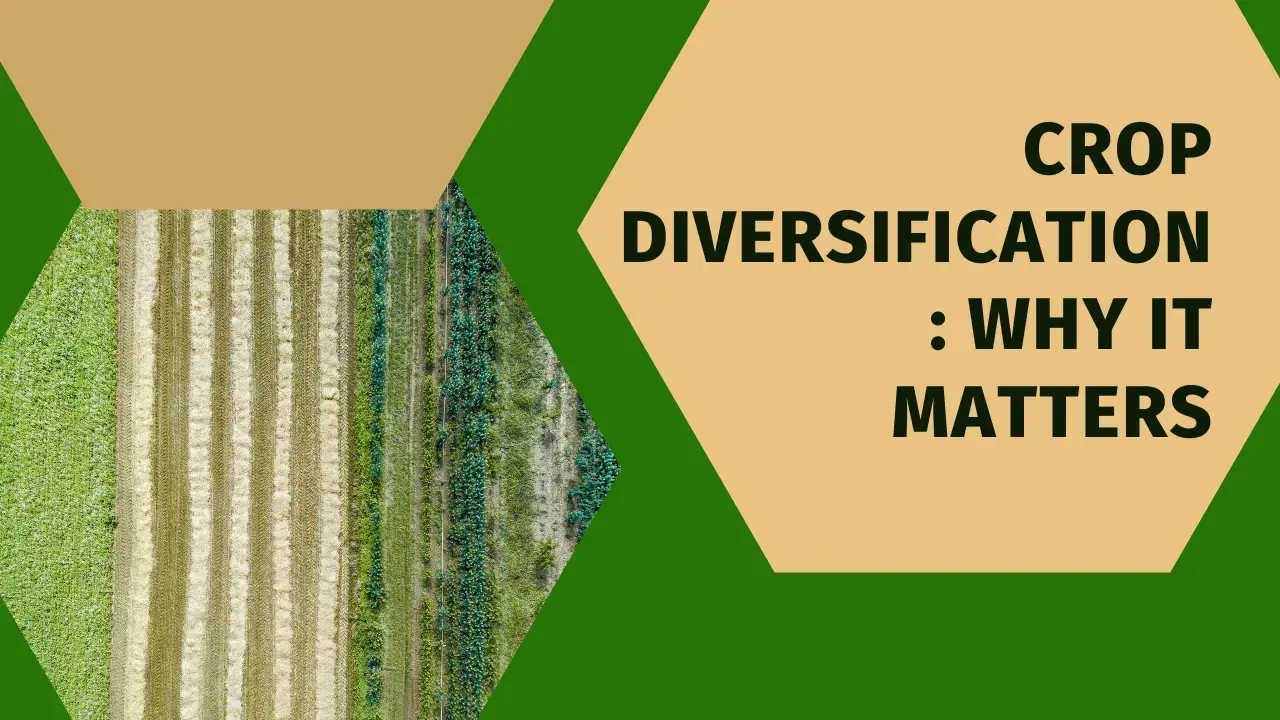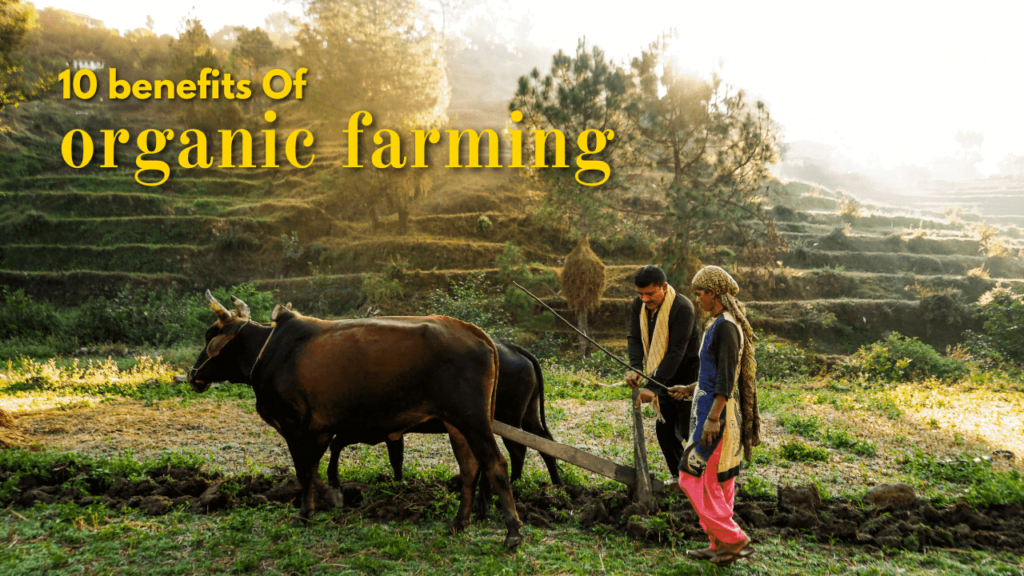Introduction
Regenerative agriculture has emerged as a transformative approach to farming, aiming not only to sustain current agricultural practices but also to regenerate and revitalize the land. In this article, we’ll delve into the principles, practices, and global impact of regenerative agriculture, exploring its potential to reshape our agricultural landscape.
Principles of Regenerative Agriculture
Soil Health and Regeneration
At the core of regenerative agriculture is a focus on soil health. Farmers employing regenerative practices prioritize the enhancement and restoration of soil fertility through natural processes. By fostering a thriving ecosystem of microorganisms, promotes nutrient-rich soil that benefits crops and the environment.
Biodiversity Enhancement
Unlike conventional farming, which often relies on monocultures, regenerative agriculture encourages biodiversity. Diverse crops and plant species create a resilient ecosystem, reducing the risk of pests and diseases. The interconnected web of life in regenerative systems contributes to the overall health of the farm.
Water Conservation
Water scarcity is a global concern, and regenerative agriculture addresses this by promoting water conservation practices. Techniques such as rainwater harvesting and efficient irrigation methods play a crucial role in preserving this precious resource.
Cover Crops and Crop Rotation
Benefits of Cover Crops
Integrating cover crops into farming rotations is a key regenerative practice. These crops protect the soil from erosion, suppress weeds, and enhance soil fertility. The symbiotic relationship between cover crops and primary crops creates a harmonious cycle of nutrient exchange.
Importance of Crop Rotation
Monoculture depletes the soil of specific nutrients, leading to long-term degradation. Regenerative agriculture emphasizes crop rotation to break this cycle. Alternating crops not only preserves soil health but also disrupts the life cycles of pests, reducing the need for chemical interventions.
Holistic Grazing Management
Sustainable Livestock Practices
Livestock plays a vital role in regenerative agriculture when managed sustainably. Practices such as rotational grazing ensure that animals graze in a way that mimics natural patterns, preventing overgrazing and promoting healthy pasture regeneration.
Positive Environmental Impact
Holistic grazing management goes beyond sustainable practices; it contributes to positive environmental outcomes. It enhances soil fertility, increases carbon sequestration, and fosters healthier ecosystems.
Agroforestry Integration
Role of Trees in Agriculture
Agroforestry involves integrating trees into agricultural landscapes. Trees provide numerous benefits, including shade for crops, improved water retention, and biodiversity support. This integrated approach contributes to overall farm resilience.
Benefits of Agroforestry
Agroforestry practices yield multiple benefits. They enhance soil structure, reduce the impact of extreme weather events, and provide additional income streams for farmers through products like fruits, nuts, and timber.
Reduced Chemical Inputs
Organic Farming Practices
Regenerative agriculture minimizes reliance on synthetic chemicals, embracing organic farming principles. This shift not only benefits the environment but also contributes to the production of healthier and more nutritious food.
Impact on Soil and Water Quality
The reduced use of chemicals in regenerative systems positively impacts soil and water quality. It mitigates the risk of chemical runoff, preserving water bodies and fostering a healthier environment for aquatic ecosystems.
Economic and Social Benefits
Sustainable Farming as a Livelihood
Regenerative agriculture offers a sustainable livelihood for farmers. By prioritizing long-term soil health and biodiversity, farmers can achieve consistent yields while preserving the land for future generations.
Community Involvement
The principles of regenerative agriculture extend beyond individual farms. Community involvement and support are crucial for the success of regenerative practices. Shared resources, knowledge, and cooperative initiatives strengthen the impact of this agricultural approach.
Challenges in Implementing
Transition Period Challenges
Transitioning from conventional to regenerative practices poses challenges. Farmers may face initial financial constraints and the need for education on new techniques. Government support and incentives can play a crucial role in facilitating this transition.
Education and Awareness
Widespread adoption of regenerative agriculture requires increased awareness and education. Farmers, consumers, and policymakers need to understand the long-term benefits and the role they can play in supporting regenerative practices.
Global Examples of Successful Regenerative Agriculture
Case Studies of Successful Implementation
Around the globe, farmers are successfully implementing regenerative agriculture. Case studies highlight the positive outcomes, including increased soil fertility, enhanced biodiversity, and economic sustainability.
Positive Environmental Outcomes
Regenerative agriculture contributes to positive environmental outcomes, such as carbon sequestration, reduced greenhouse gas emissions, and improved water quality. These successes underscore the potential for large-scale adoption.
Future Prospects of Regenerative Agriculture
Potential Expansion
The future of agriculture lies in regenerative practices. As awareness grows and the benefits become more evident, the adoption of regenerative agriculture is likely to expand. This shift has the potential to reshape the global agricultural landscape.
Research and Innovation
Ongoing research and innovation are essential for the continuous improvement of regenerative agriculture. Scientific advancements, coupled with traditional knowledge, will contribute to the refinement and optimization of regenerative practices.
How Individuals Can Support Regenerative Agriculture
Consumer Choices
Consumers play a crucial role in supporting regenerative agriculture. By choosing products from regenerative farms and advocating for sustainable practices, individuals can contribute to the widespread adoption of regenerative agriculture.
Advocacy and Support
Beyond personal choices, advocacy and support for regenerative agriculture at local and global levels are vital. Engaging with policymakers, supporting initiatives, and spreading awareness amplify the impact of individual efforts.
Regenerative Agriculture and Climate Change
Mitigating Climate Change Effects
Regenerative agriculture is a powerful tool in the fight against climate change. By sequestering carbon in the soil, reducing emissions, and promoting sustainable land management, it contributes to mitigating the effects of climate change.
Carbon Sequestration
The ability of regenerative agriculture to sequester carbon in the soil is a key factor in its climate change mitigation. This process not only benefits the environment but also positions regenerative practices as a solution to the climate crisis.
Interview with a Regenerative Farmer
Real-Life Experiences
To gain insight into the practical aspects of regenerative agriculture, we interviewed a successful regenerative farmer. Their experiences shed light on the challenges, rewards, and valuable lessons learned from adopting regenerative practices.
Advice for Aspiring Regenerative Farmers
Our interviewee shares valuable advice for those aspiring to embrace. From practical tips to the mindset needed for success, their insights offer guidance for individuals looking to make a positive impact through sustainable farming.
Conclusion
In conclusion, represents a promising path toward a sustainable and resilient future. By prioritizing soil health, biodiversity, and sustainable practices, farmers can create a positive impact on the environment, society, and the global food system.








